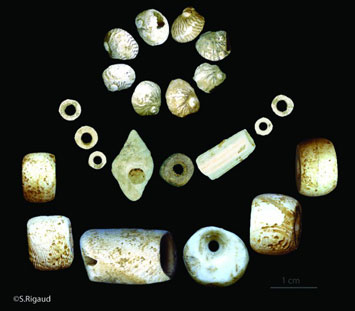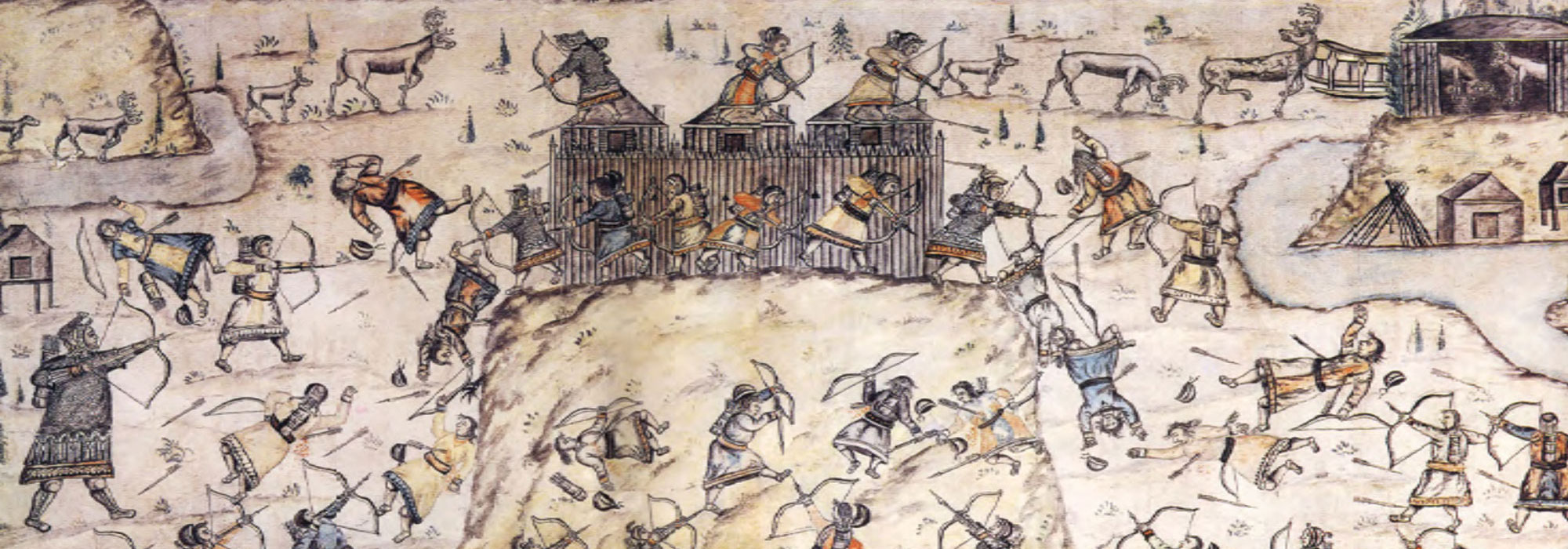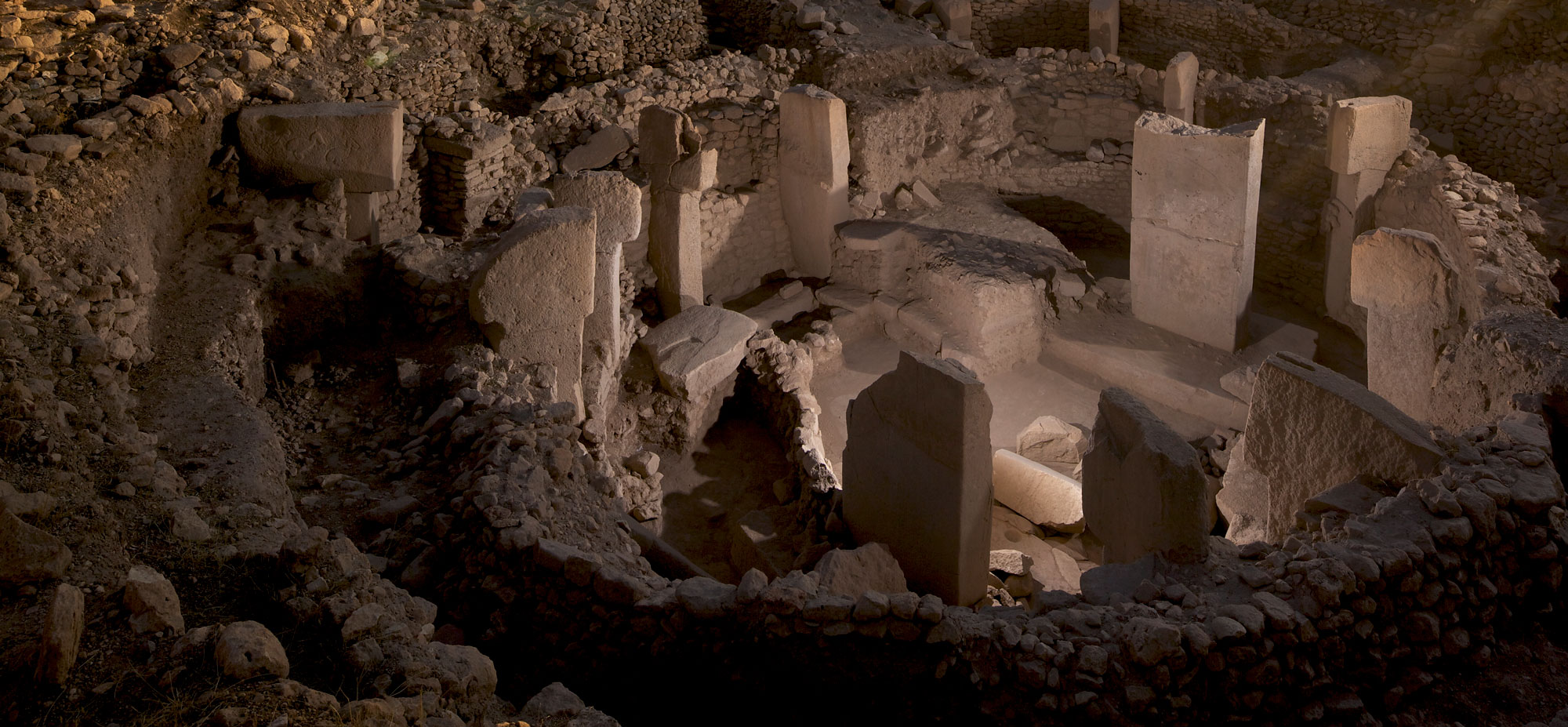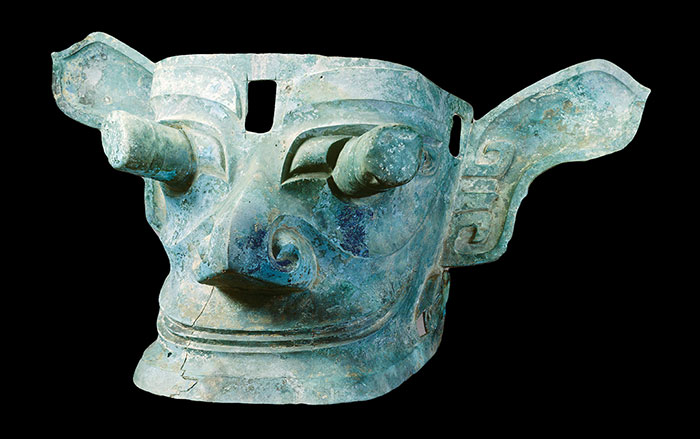
NEW YORK CITY, NEW YORK—Previous scholarship has shown a link between foraging and farming lifestyles and the adoption of particular ornaments. Now, for the first time, a team of researchers from the Center for International Research in the Humanities and Social Sciences (CIRHUS), a collaborative arrangement between France’s National Center for Scientific Research and New York University, has studied the beads and bracelets worn by Europeans during the early Neolithic period to trace the spread of farming on the continent. They examined more than 200 bead types from more than 400 European archaeological sites spanning a 3,000 year period. Ornaments linked to farming populations, such as human-shaped beads and bracelets composed of perforated shells, spread from eastern Greece and the shores of the Black Sea to France’s Brittany region, and from the Mediterranean Sea northward to Spain. Farmers’ jewelry was not found in the Baltic region of northern Europe, however. “It’s clear hunters and foragers in the Baltic area resisted the adoption of ornaments worn by farmers during this period. We’ve therefore concluded that this cultural boundary reflected a block in the advancement of farming—at least during the Neolithic period,” CIRHUS researcher Solange Rigaud said in a press release. To read in-depth about how archaeologists are gaining insight into the lives of Neolithic people in Europe, see "The Neolithic Toolkit."










